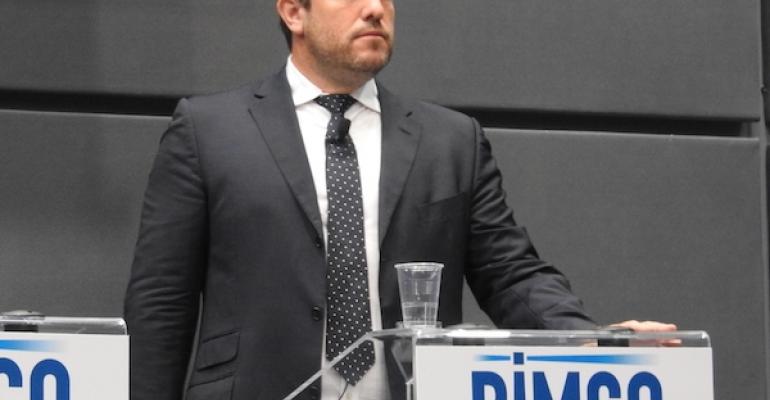Speaking at the Bimco Power Panel, Henriette Brent-Petersen, md and global head of shipping and offshore research at DVB Bank said: “I think the market will be surprised how many investments we will see in scrubbers. The fleet is relatively young so for young asset if you have difficulties in securing employment this is a competitive advantage.
“It’s also a competitive advantage when securing your financing and you are having the banks increasingly having the options to tap into guarantees and other options funding resources for environmentally friendly financing. I think there a lot of reports that the market won’t invest in scrubbers that’s not what I see.”
This view was backed up by Stamatis Fradelos, manager operational & environmental performance – global marine for ABS. He told Seatrade Maritime News that for newbuildings fitted a scrubber had become “almost standard”.
Fradelos said that even for vessels that had been ordered without scrubbers owners were now looking at getting exhaust gas cleaning systems fitted or having them scrubber ready. He added that owners were also looking to retrofit scrubbers on medium to large size vessels of a relatively young age, for example coming up for their first drydocking.
Seatrade Maritime News is reporting Live From Posidonia 2018
James Leake, an analyst at N.S. Lemos saw very strong reasons to fit scrubbers to large vessels such VLCCs.
“In very specific circumstances the decision to invest in a scrubber is quite clear. If you spending most of your time in the deepsea trades going past some of major bunkering ports and you’re a large ship, depending on the fuel price spread, we’re looking at pay back times of maybe 8 – 12 months for something like a VLCC,” Leake said at the Bimco Power Panel.
However, he added: “I think it is a no brainer but the opportunity to take advantage of this is a very narrow one.”
The opportunity is narrow due to the limit in number of scrubbers that can be fitted by 2020 – estimated at 2,000 – 2,500 systems, and that come 2021/22 the price spread between high sulphur and low sulphur fuel oil will start to narrow increasing the payback period.
“I would say more than half of these (VLCCs) will have scrubbers fitted or will have one retrofitted at the earliest opportunity. The problem is unless you jump on that bandwagon now that window of opportunity closes very quickly,” Leake stated.
Copyright © 2024. All rights reserved. Seatrade, a trading name of Informa Markets (UK) Limited. Add Seatrade Maritime News to your Google News feed.


